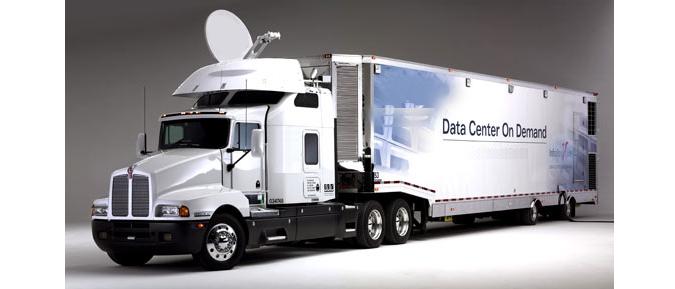Structured cabling system DPC (Data Center) should support the work of various applications, including those that are only planned to use in the future. Speed in data centers are increasing due to the use of server virtualization technology and the use of this technology leads to an increase in requirements for the cable system. Using an optical cable in data centers is primarily due to the fact that a large number of reliable and working technologies and solutions that use as a medium for data transmission singlemode and multimode fiber , the transmission of large information flows and the distance is much more than it can reach copper cables.
Optical cables have no problems with EMC and crosstalk occurring between the twisted pairs and copper cables, which makes use of copper cables in data centers .
The diameter of the optical cable is less than copper and it allows the use of cable channels for the optical cable of smaller sections, which allows better use of space in data center, reduce the costs of cable channels. Also reduces the load on the mount cable channel.








